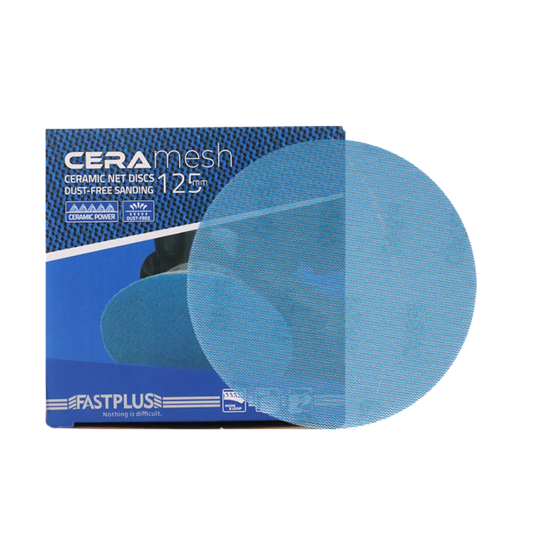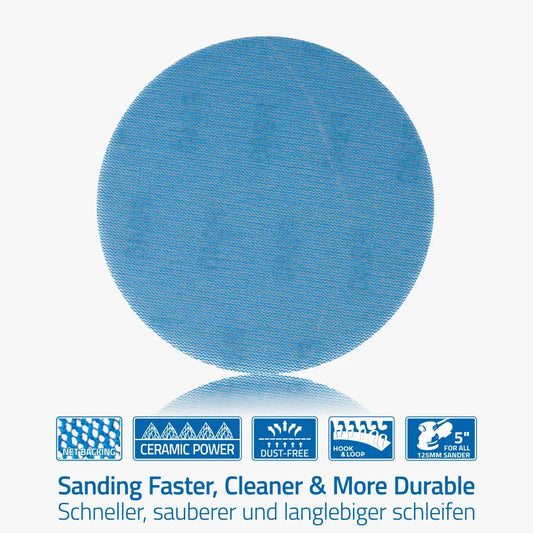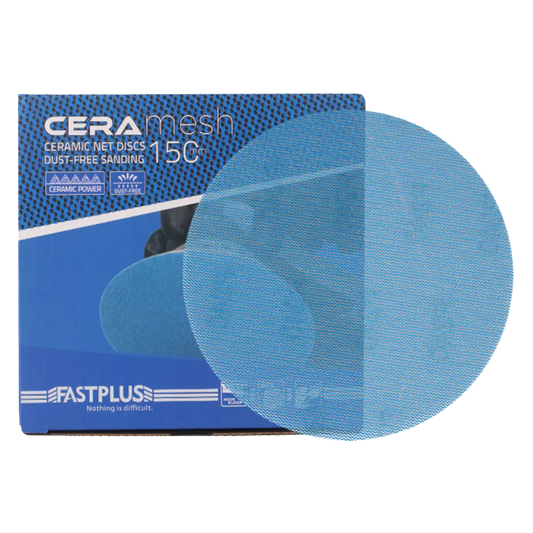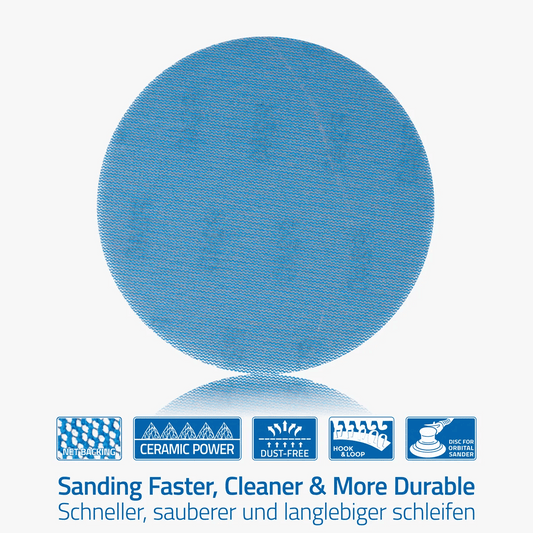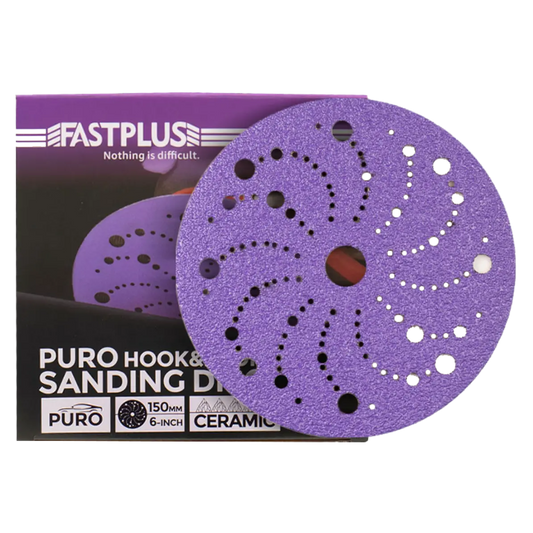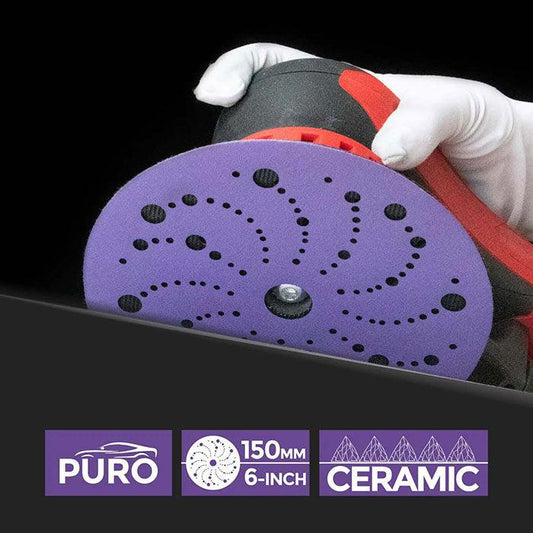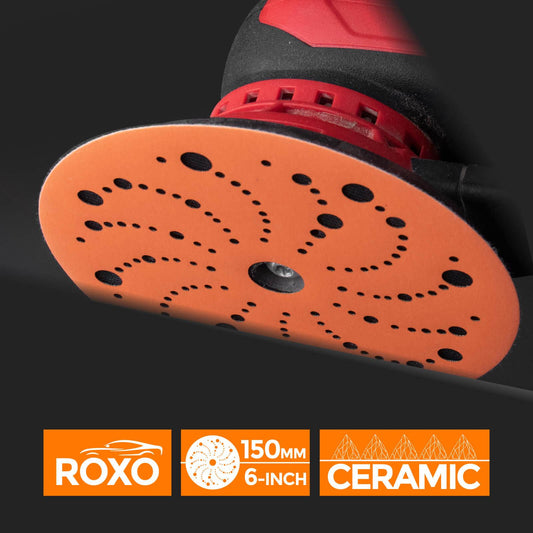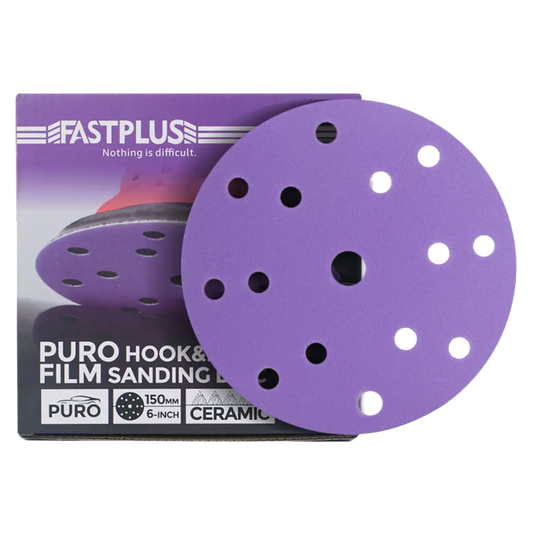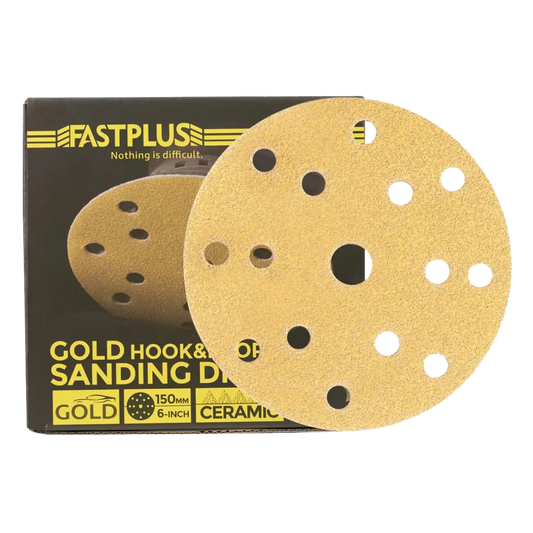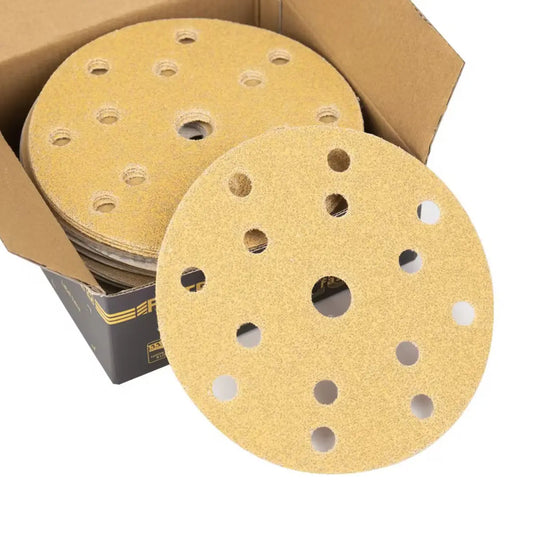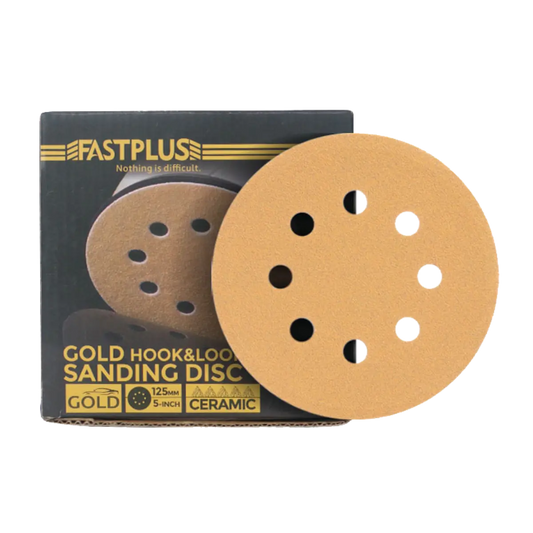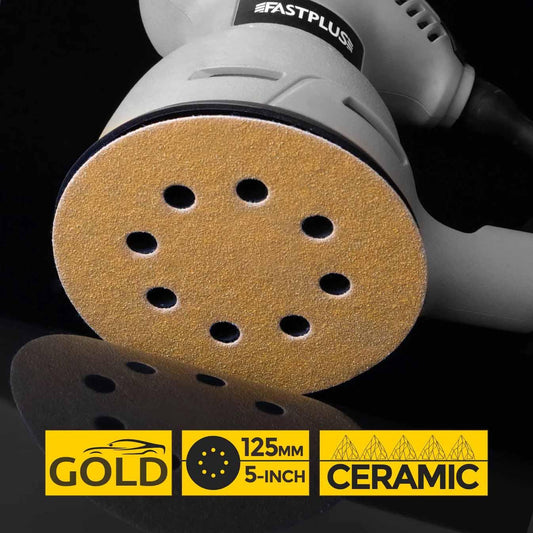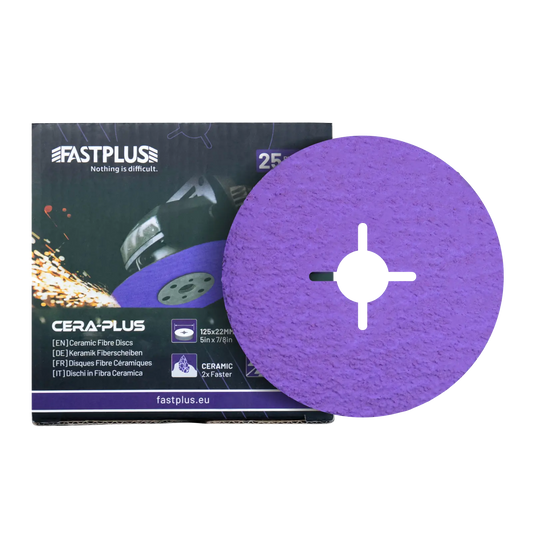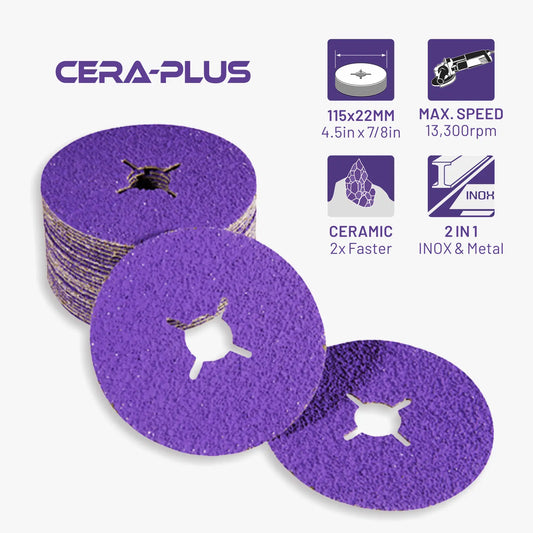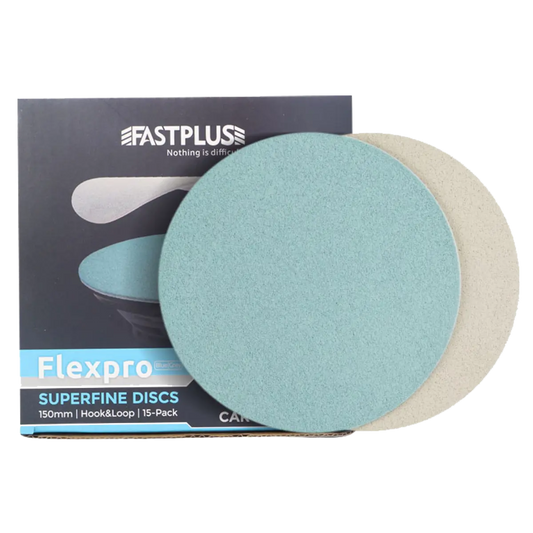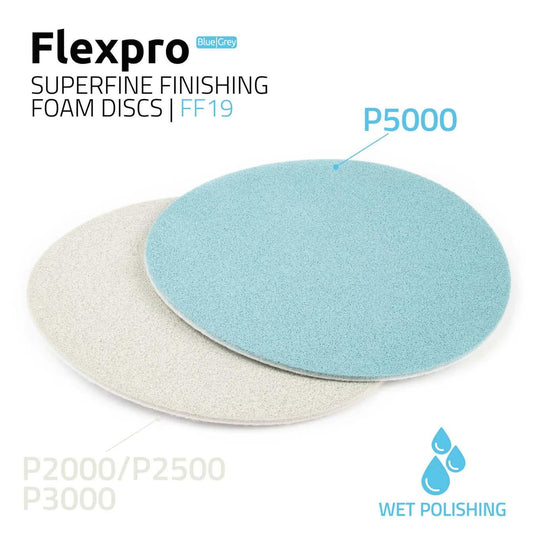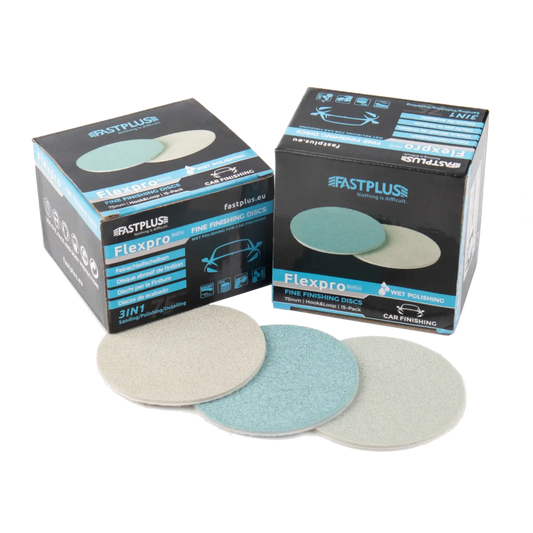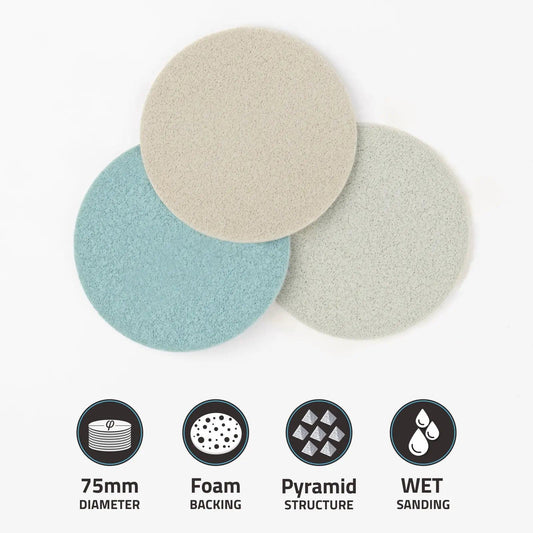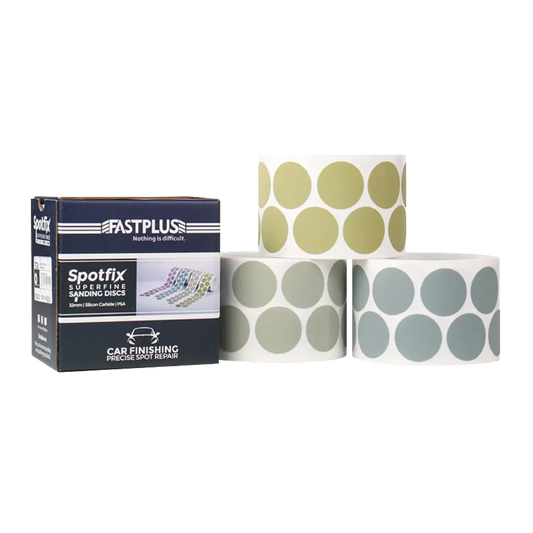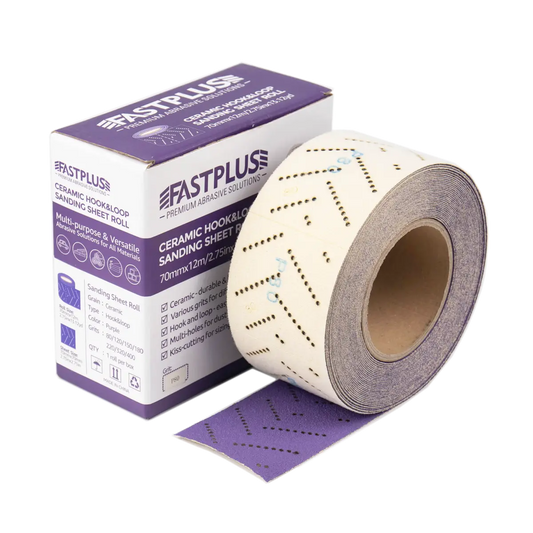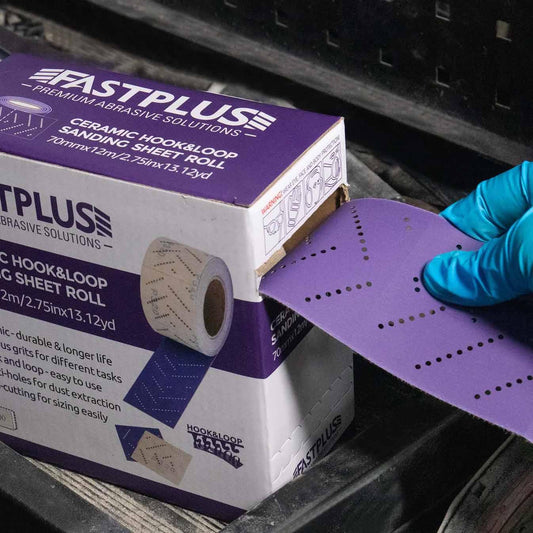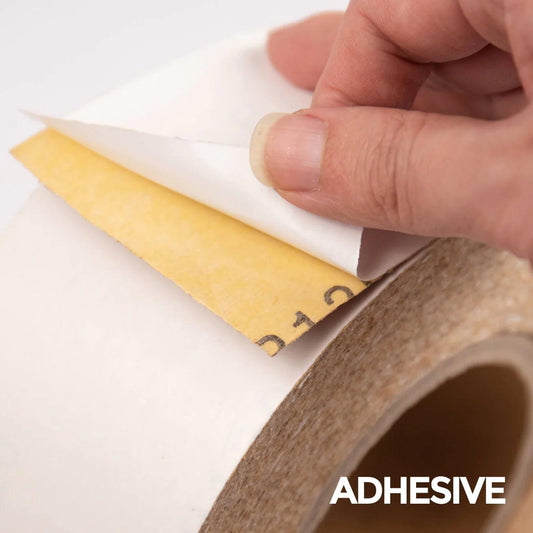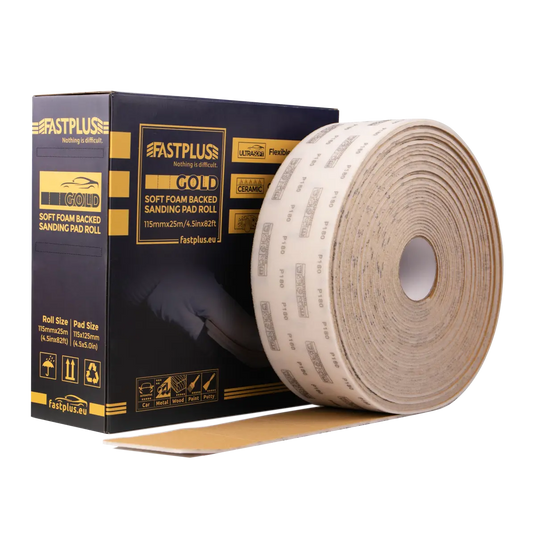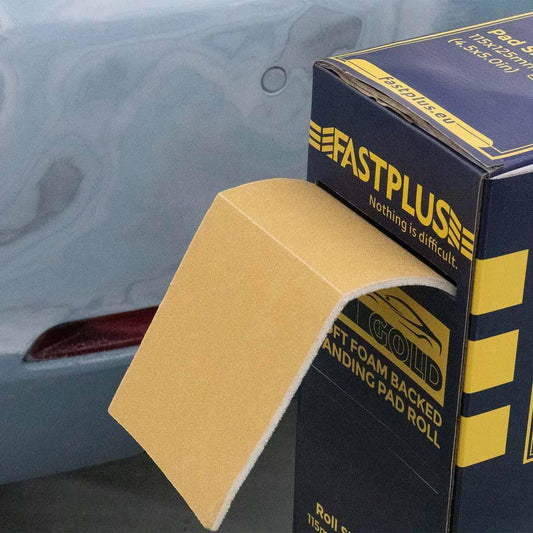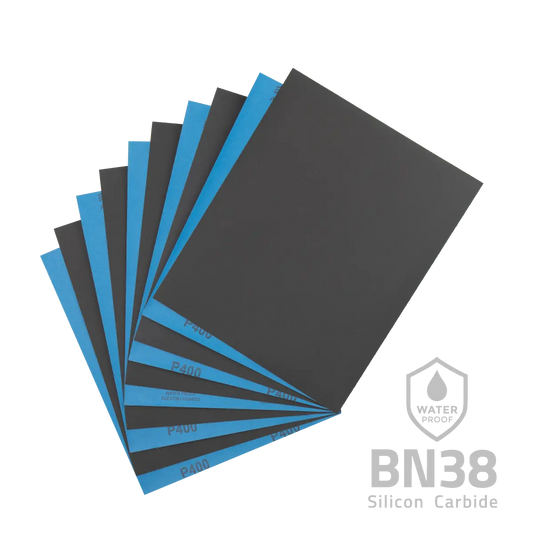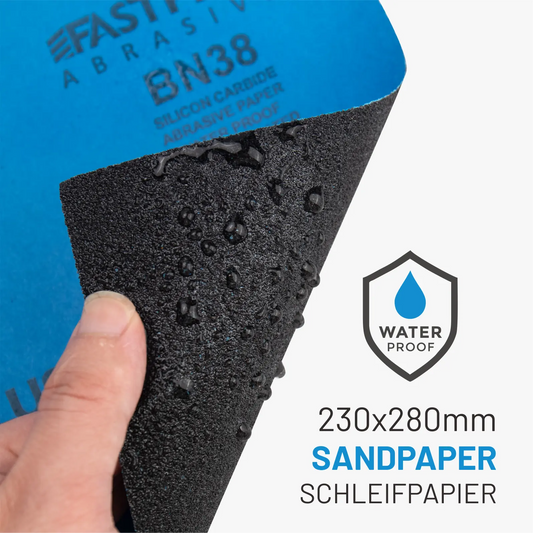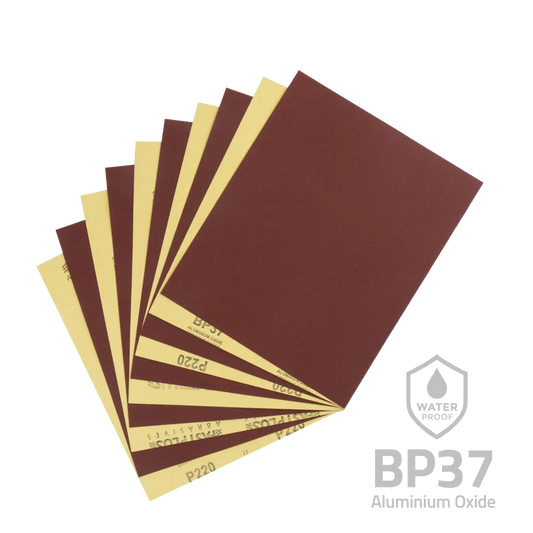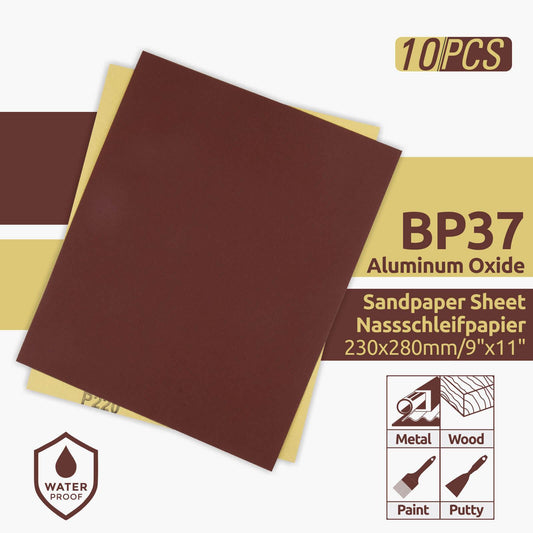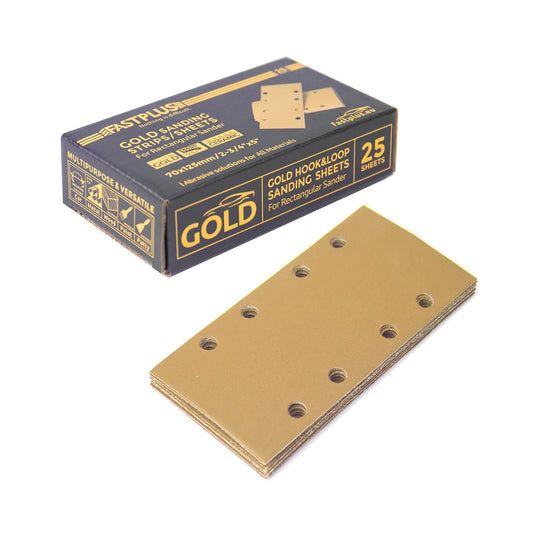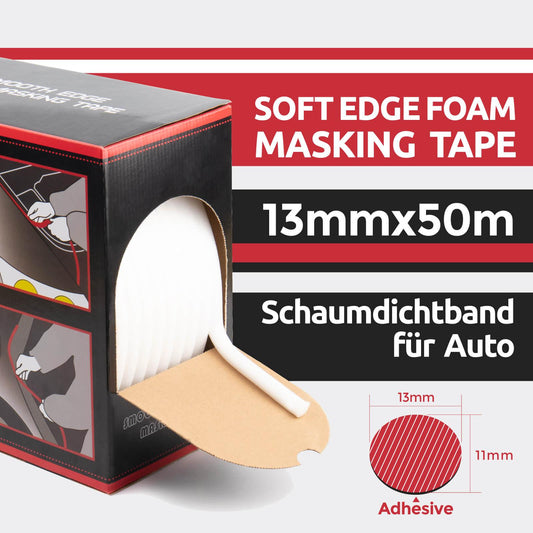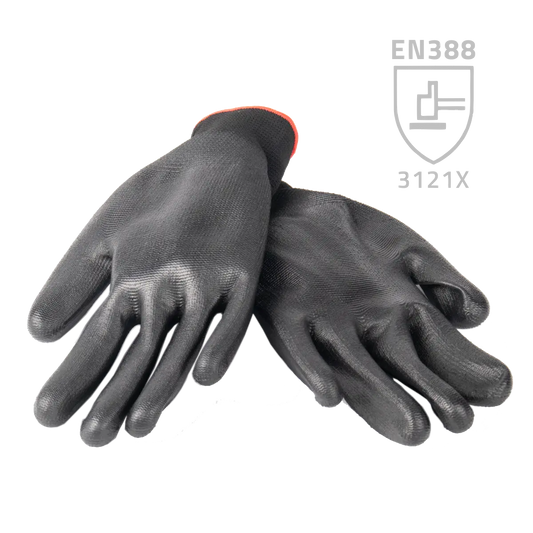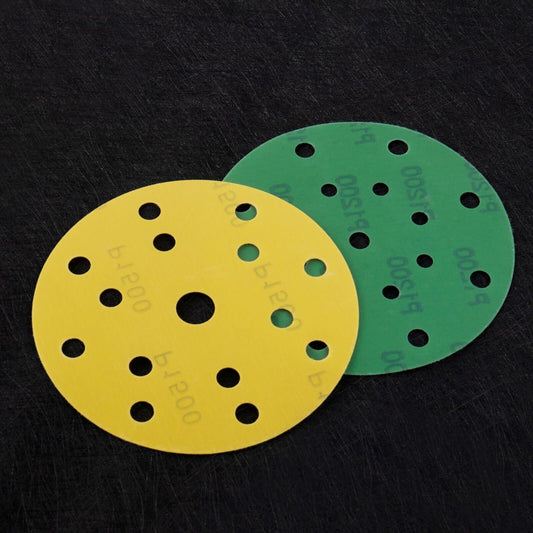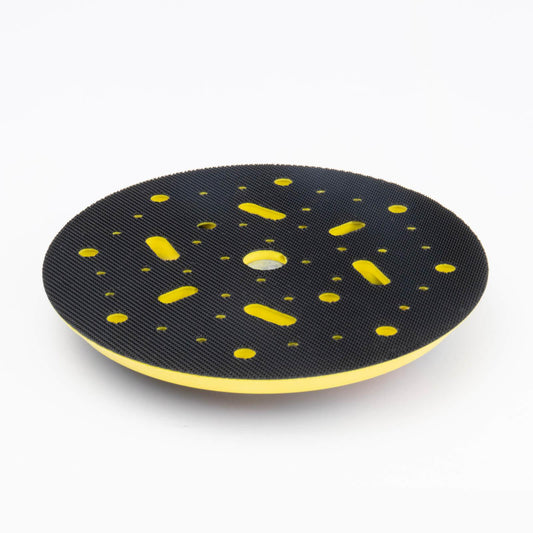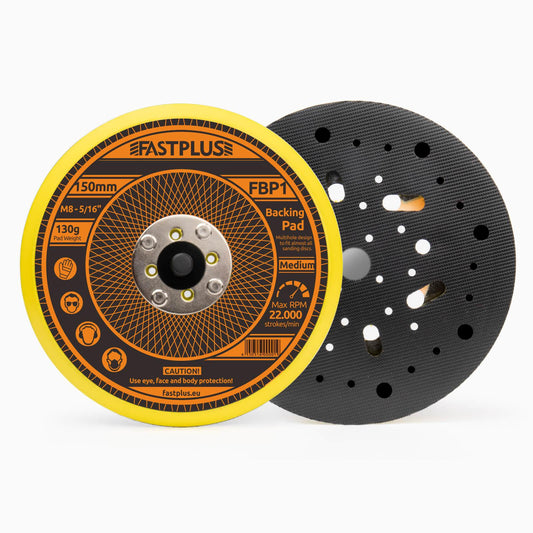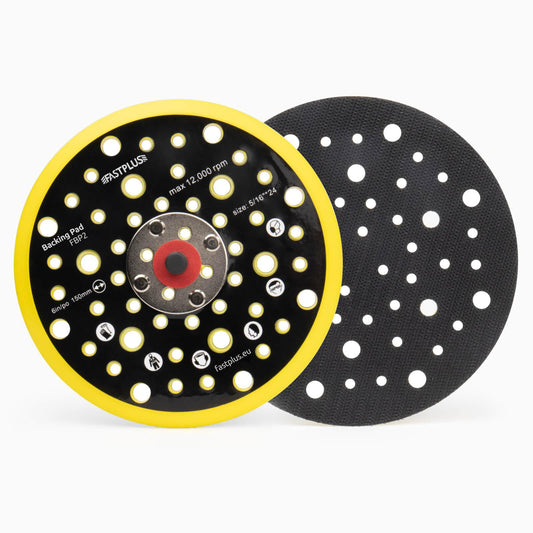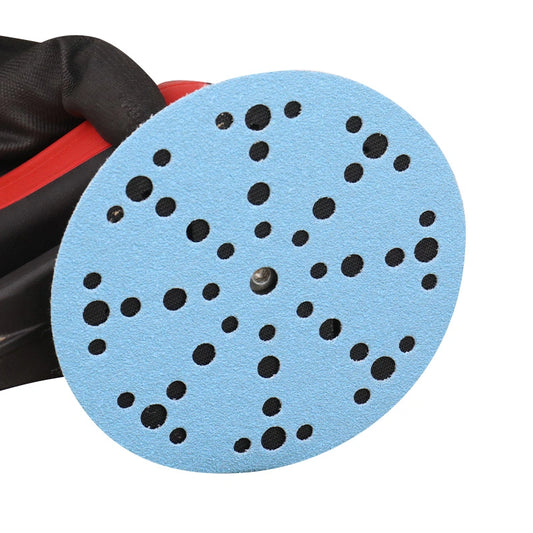
How to Fine-Tune Carbon Fiber Finishes with Sandpaper?
Carbon fiber, renowned for its strength and lightweight properties, is a popular choice for high-performance applications. However, achieving a flawless finish on carbon fiber parts can be a challenge. This blog delves into the technique of sanding carbon fiber, providing a step-by-step guide to transforming raw carbon into a visually appealing and durable surface.
Unveiling the Texture
Typical Textured or Rough Finish of Carbon Fiber

Carbon fiber, celebrated for its remarkable strength-to-weight ratio and versatility, often emerges from the manufacturing process with a distinct textured or slightly rough finish. This texture is a result of the intricate weaving patterns inherent to carbon fiber production. The manufacturing process, while ensuring the structural integrity of the material, can leave the surface with a tactile quality that may not align with the aesthetic preferences of all enthusiasts and industries.
The unique pattern, resembling an intricate mesh, is a testament to the layered composition of carbon fiber. While this texture can be appealing in its raw form, the desire for a more refined appearance prompts the exploration of techniques to unveil the full potential hidden within the carbon fiber weave.
The Importance of Refining the Texture for a Desired Look and Feel
Beyond mere aesthetics, the decision to refine the texture of carbon fiber is rooted in the pursuit of a desired look and feel. Carbon fiber components often serve not only functional but also visual roles in various applications, from automotive parts to high-tech gadgets.
Refining the texture becomes an art form, as artisans and enthusiasts seek to bring out the material's inherent beauty while aligning it with the specific requirements of their projects. The textured finish may not complement every design vision or application, and thus, the process of fine-tuning with sandpaper for carbon fiber becomes an essential step in tailoring carbon fiber components to meet aesthetic standards and tactile preferences.
Whether aiming for a smoother surface to enhance the material's touch or preparing the canvas for a specific finish, the importance of refining the texture goes beyond cosmetic considerations. It is a meticulous step in the journey of elevating carbon fiber from its raw state to a polished, visually striking masterpiece. The subsequent use of sandpaper in this process becomes a nuanced dance between craftsmanship and the innate qualities of carbon fiber, producing results that are both visually stunning and functionally exceptional.
Sanding Techniques for Carbon Fiber Finishes
Sanding is essential in achieving a flawless finish on carbon fiber parts. The process involves progressively refining the surface with sandpaper of varying grits, each playing a specific role in smoothing out imperfections and achieving the desired level of polish.
Overview of Sandpaper Grits
Sandpapers are categorized by their grit, which represents the number of abrasive particles per square inch of the sandpaper. Coarser grits (80-120) are used initially to remove large scratches, bumps, and other imperfections. As you progress, switch to finer grits (220-400) to refine the surface and create a smooth, even texture. For a mirror-like finish, use even finer grits, such as 1000-1500 grit soft foam sanding discs.
- Coarse Grits for Addressing Imperfections
Coarse grit sandpaper is the workhorse of the sanding process. Its aggressive abrasive particles effectively remove deep scratches, tool marks, and other major surface defects. However, it's important to use coarse grit sparingly as it can quickly wear away the carbon fiber weave and leave noticeable imperfections if not used carefully.
- Finer Grits for Achieving a Polished Finish
As you progress through the sanding process, gradually transition to finer grits. These finer particles smooth out the surface even further, removing fine scratches and inconsistencies and creating a polished finish. Finer grits ensure that the final surface is smooth, even, and free of blemishes.
Patience and Precision
Sanding carbon fiber requires patience and precision. Apply even pressure and maintain a consistent angle across the surface. Avoid using excessive force, as this can damage the carbon fiber weave. Work in small, controlled areas, gradually moving across the entire surface.
A key aspect of successful sanding is using a wet sanding technique. This involves applying water or a lubricant to the wet and dry sandpaper and the carbon fiber surface. The water acts as a coolant, preventing the sandpaper from overheating and potentially damaging the carbon fiber. It also helps to flush away debris and maintain a smooth sanding surface.
Throughout the sanding process, frequently check the progress by wiping the surface clean with a microfiber cloth and inspecting it under bright lighting. This will help you identify any remaining imperfections and ensure that you're achieving the desired level of finish.
Beyond Imperfections
Sanding carbon fiber extends beyond mere defect removal; it's also a tool for enhancing the overall aesthetic appeal of the material. By carefully manipulating the sanding process, you can achieve a variety of finishes, ranging from a high-gloss sheen to a subtle matte texture.
Exploring Sandpaper's Aesthetic Impact
Sanding not only smoothens the surface but also affects the reflectivity of the carbon fiber weave. Coarser grits tend to introduce more texture, making the weave more visible and creating a slightly matte finish. As you progress to finer grits, the weave becomes less prominent, and the surface reflects more light, resulting in a glossier appearance.
Achieving Different Finishes: Glossy vs. Matte
Glossy Finish:
To achieve a glossy finish, start with a coarse grit hook and loop sanding disc (80-120) to remove any major imperfections. Gradually transition to finer grits (600-1500), ensuring that each grit removes fine scratches and inconsistencies without obscuring the weave's pattern.
Matte Finish:
For a matte finish, use a combination of medium grit (220-320) and finer grit (400-600) sandpaper. This combination removes imperfections while retaining a slightly rough texture that diminishes the weave's prominence.
Integrating Sanding into the Finish Process
Sanding can be seamlessly integrated into the overall finishing process. After applying a primer or clear coat, sand the surface lightly with the same grits used on the bare carbon fiber. This helps create a uniform finish and ensures that the clear coat adheres properly.
Visual Enhancements Through Sanding
Sanding can also be used to enhance the aesthetic appeal of carbon fiber components beyond just the finish. For instance, you can use fine-grit sandpaper to create subtle highlights and shadows on curved surfaces, adding depth and visual interest to the part.
Protecting the Weave
The intricate pattern of carbon fiber is a key element of its aesthetic appeal. Preserving this weave during the sanding process is crucial to achieving a flawless finish.
Importance of Weave Preservation
The carbon fiber weave provides strength, durability, and a unique visual character to the material. Damaging or obscuring the weave can diminish these qualities and detract from the overall aesthetic appeal of the component.
Techniques for Weave Preservation
Several techniques can be employed to protect the carbon fiber weave during sanding:
- Wet Sanding: Employ a wet sanding technique by dampening the wet sandpaper and the carbon fiber surface with water or a lubricant. This helps prevent the sandpaper from overheating and damaging the weave.
- Low-Angle Sanding: Maintain a low angle of attack when sanding, ideally between 15° and 25°. This ensures that the abrasive particles are directed away from the weave, minimizing the risk of damaging the fibers.
- Diagonal Sanding: Avoid sanding in straight lines along the weave pattern. Instead, sand diagonally across the weave, following a random pattern. This helps to maintain the overall weave integrity.
- Pad Use: Utilize sanding pads or blocks to provide a consistent and controlled sanding surface. This minimizes the risk of uneven pressure or accidental gouges that could damage the weave.
Maintaining Weave Symmetry
While sanding, pay attention to the weave pattern and maintain a consistent direction of motion. Avoid abrupt changes in direction or excessive pressure, which could disrupt the symmetry of the weave.
Visual Enhancements Through Weave Preservation
By carefully preserving the carbon fiber weave during sanding, you can highlight the material's unique pattern and create a visually appealing surface. A well-preserved weave adds depth and texture to the component, enhancing its overall aesthetic appeal.
Applications and Industries
Sanding carbon fiber is an essential step in achieving a flawless finish for a wide range of industries and applications. Here are a few examples:
Automotive: Carbon fiber is used extensively in high-performance cars and racing vehicles due to its strength and lightweight properties. Achieving a smooth, consistent finish on carbon fiber components is crucial for enhancing the overall aesthetics and performance of the vehicle.
Aerospace: Carbon fiber is a major material in aerospace applications, particularly in aircraft structures and components. The meticulous sanding of carbon fiber components is essential for ensuring structural integrity and aerodynamic efficiency.
Medical Devices: Carbon fiber composites are finding increasing applications in medical devices due to their strength, durability, and biocompatibility. Sanding carbon fiber in medical applications requires specialized techniques to ensure that the material remains non-toxic and safe for human use.
High-End Consumer Products: Carbon fiber is used in a growing number of high-end consumer products, such as luxury watches, jewelry, and electronics. Achieving a high-gloss or matte finish on carbon fiber components is crucial for enhancing the perceived quality and value of these products.
Conclusion
In conclusion, sanding carbon fiber is an art form that requires patience, precision, and attention to detail. By following the techniques outlined in this blog, you can achieve a flawless finish that showcases the beauty and strength of carbon fiber. Whether you are a hobbyist or a professional, the skills you learn in this blog will be invaluable for refining carbon fiber components to meet your exact requirements.
Buy Factory-Direct Fastplus Abrasives
Want to purchase high-quality, factory-direct sanding discs, sanding sheet rolls, and film abrasive discs for automotive applications? Try Fastplus Abrasives today and place your orders online!




